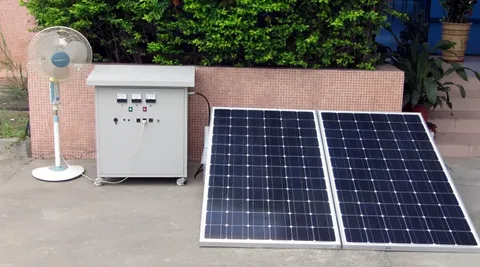As solar power becomes increasingly popular for homes and businesses, understanding how to size your solar power system based on energy needs is crucial to maximize efficiency and cost savings. Installing the right-sized system ensures you generate enough electricity to meet your consumption without overspending on unnecessary equipment.
Why Proper Sizing Matters
Choosing the right size for your solar power system affects both your upfront investment and your energy independence. An undersized system may leave you relying on the grid, defeating the purpose of going solar. Conversely, an oversized system can increase costs without proportional benefits.
Step 1: Assess Your Energy Consumption
Before determining the size of your solar power system, start by calculating your energy needs. Review your electricity bills over the past 12 months to find your average monthly and daily energy consumption, usually measured in kilowatt-hours (kWh). This data provides a baseline for how much power your system must generate.
Step 2: Evaluate Sunlight Availability
The amount of sunlight your location receives directly impacts the size of the solar array you need. Use solar insolation maps or tools to find the average peak sun hours per day in your region. Areas with less sunlight will require larger systems to produce the same amount of energy as sunnier locations.
Step 3: Calculate the Solar Power System Size
To calculate the system size, divide your average daily energy consumption by the average peak sun hours in your area. This gives you the size of the solar array in kilowatts (kW) needed to meet your energy demands.
For example:
System Size (kW) = Daily Energy Usage (kWh) ÷ Peak Sun Hours (hours)
Adjust this figure to account for system losses, such as shading, inverter efficiency, and weather variations, typically adding 10-20% more capacity.
Step 4: Consider Future Energy Needs
When learning how to size your solar power system based on energy needs, consider potential future increases in electricity consumption. Planning for additions like electric vehicles, new appliances, or home expansions can help avoid costly upgrades later.
Step 5: Consult with a Solar Professional
While DIY calculations offer a good starting point, consulting with a solar energy professional ensures your system is optimally sized and designed. Experts can perform a detailed site assessment and recommend system components tailored to your specific energy profile.
Conclusion
Understanding how to size your solar power system based on energy needs is essential for maximizing solar energy benefits. By accurately assessing your energy consumption, considering sunlight availability, and planning for future usage, you can invest in a solar system that provides reliable, cost-effective power for years to come.

